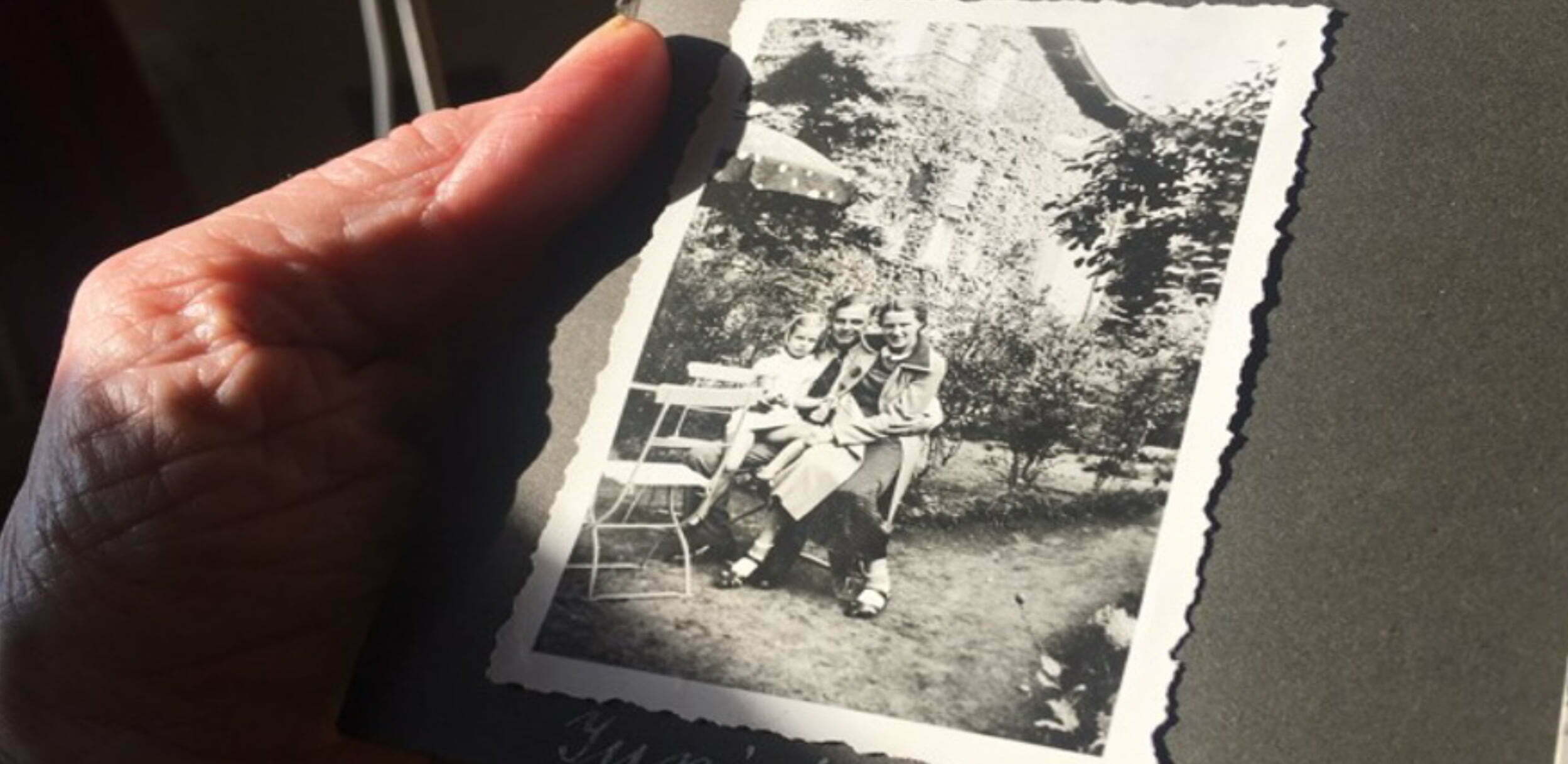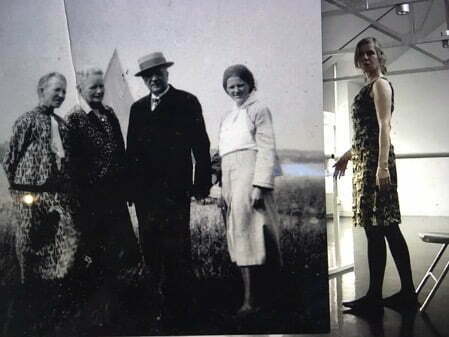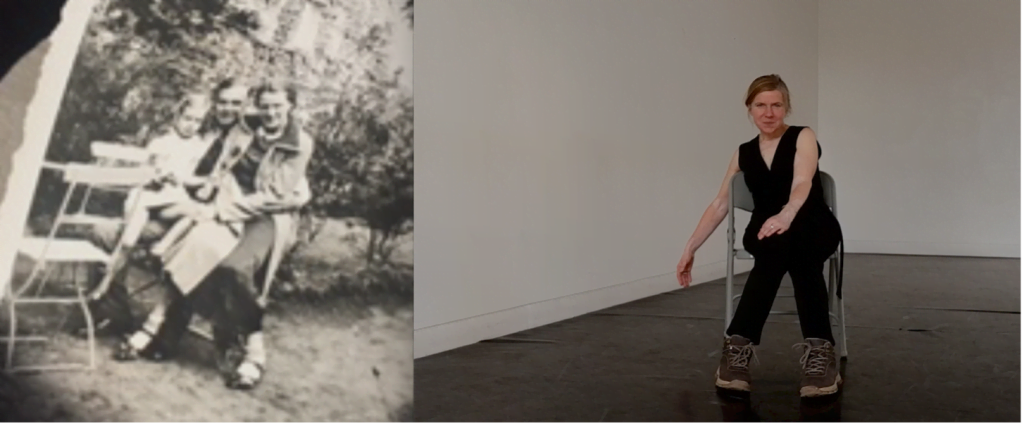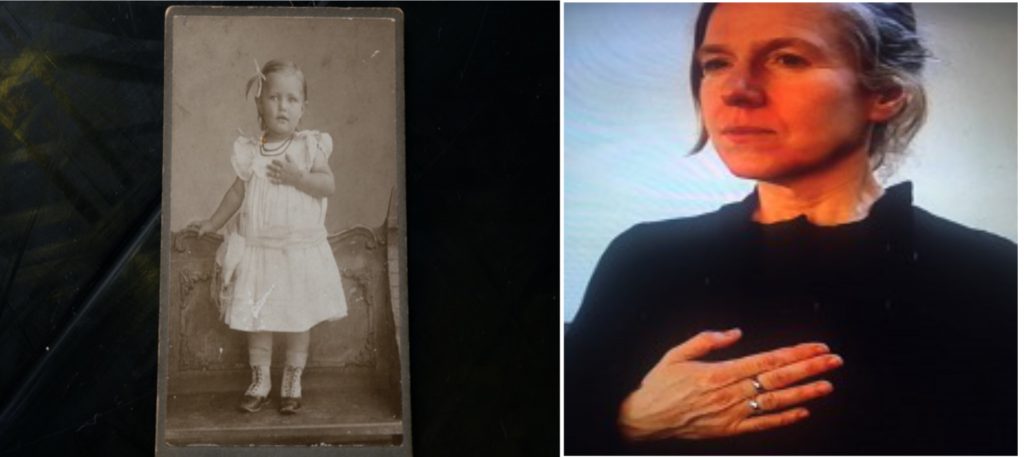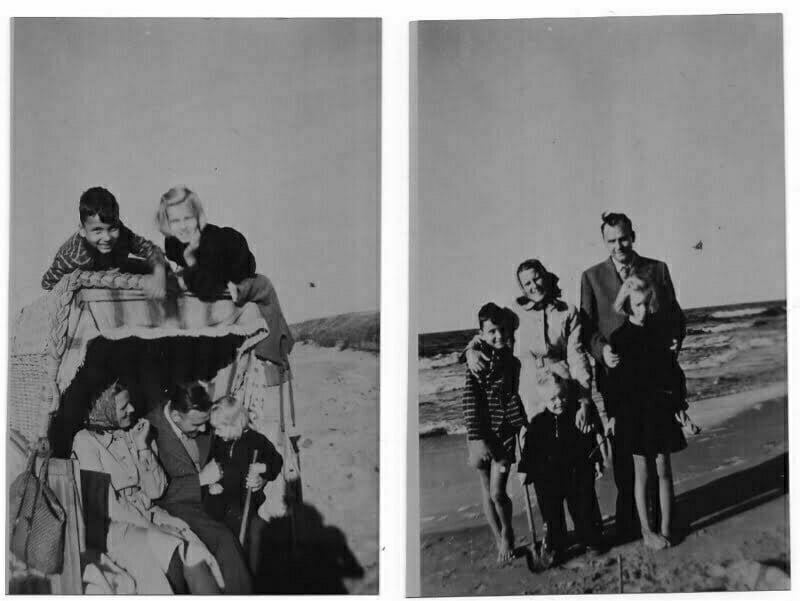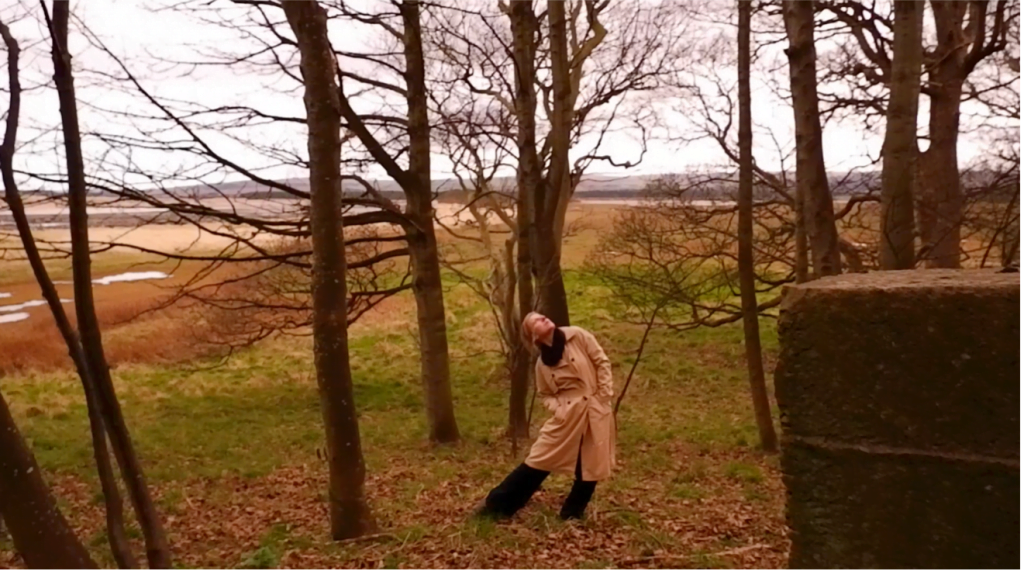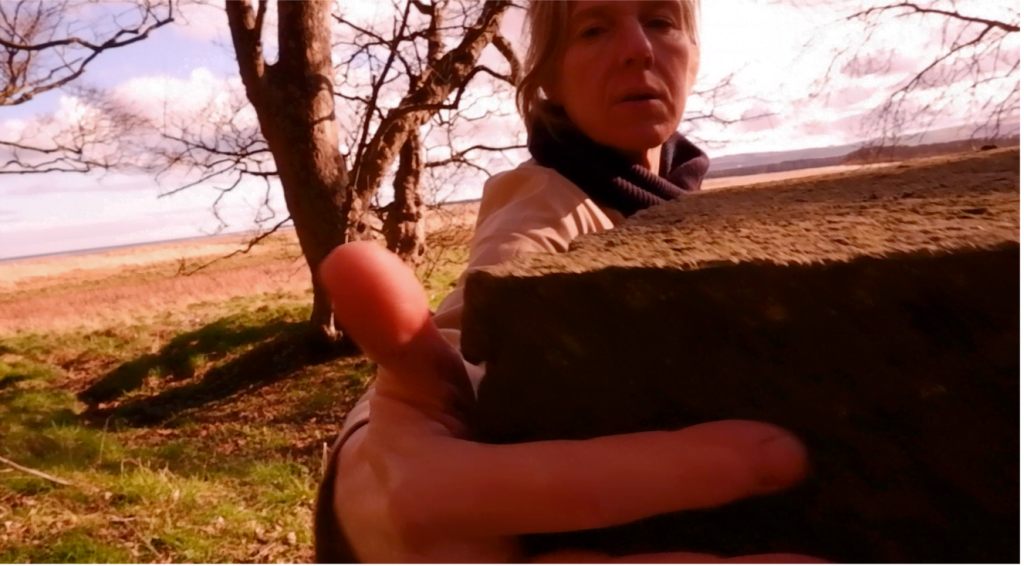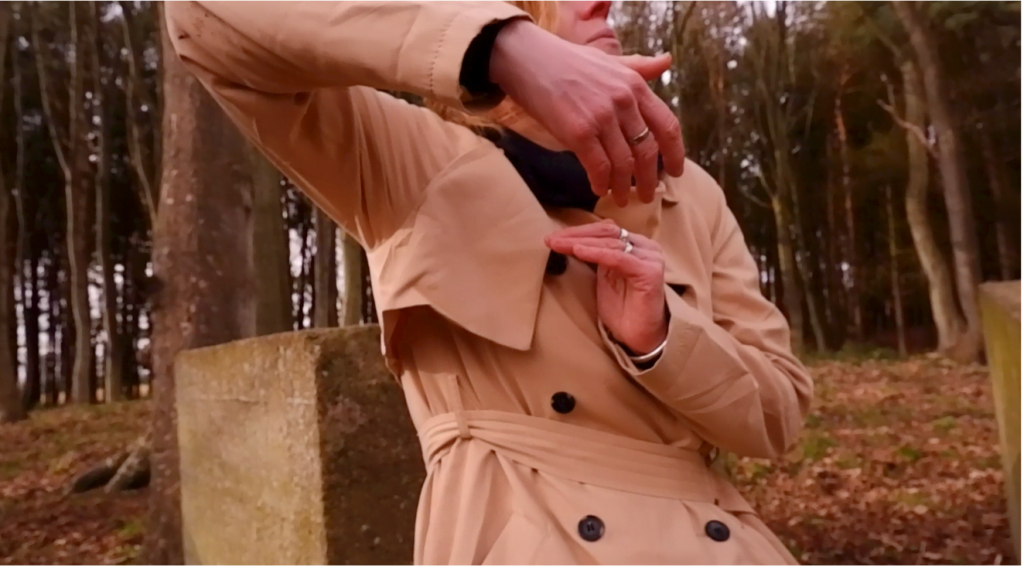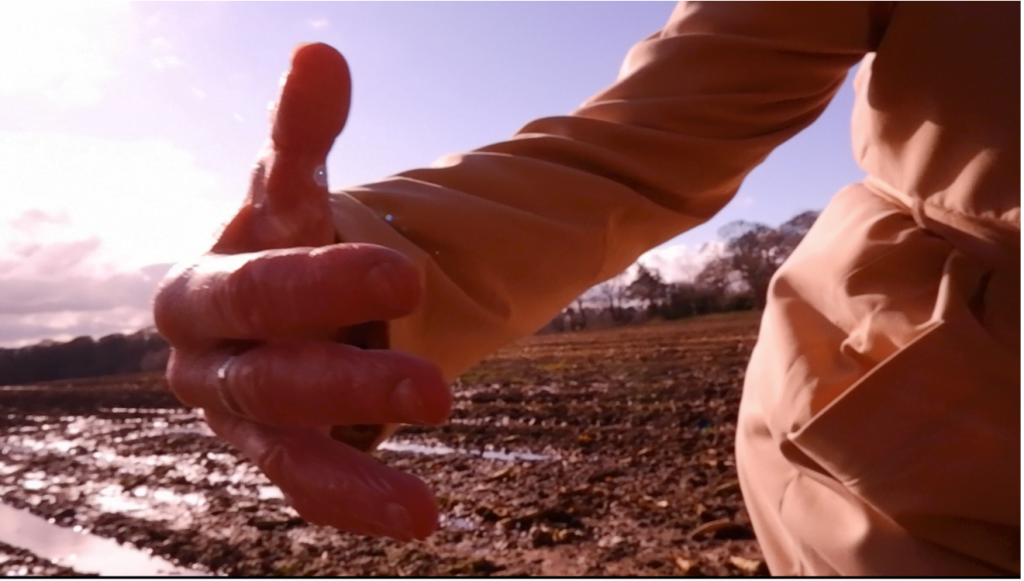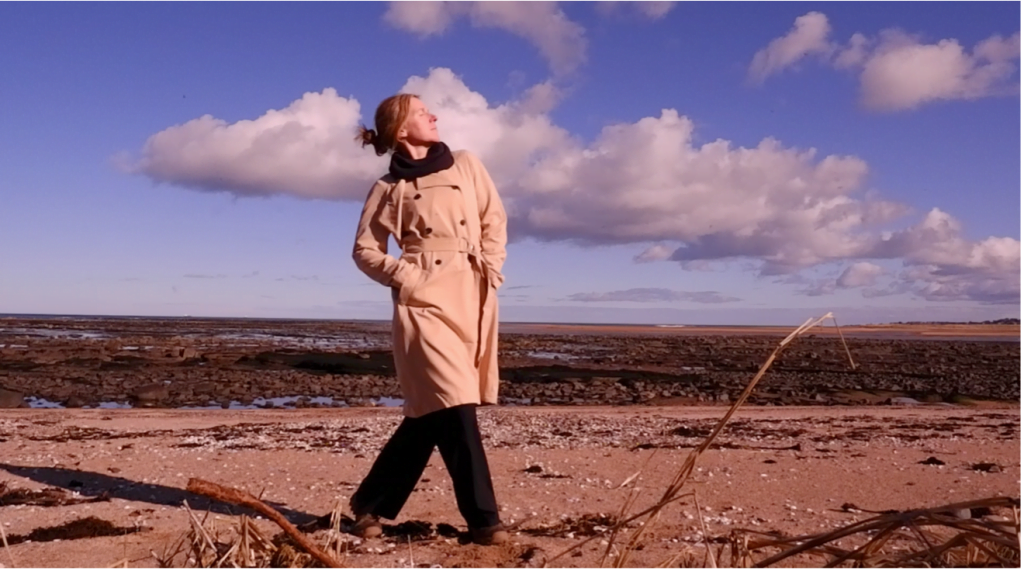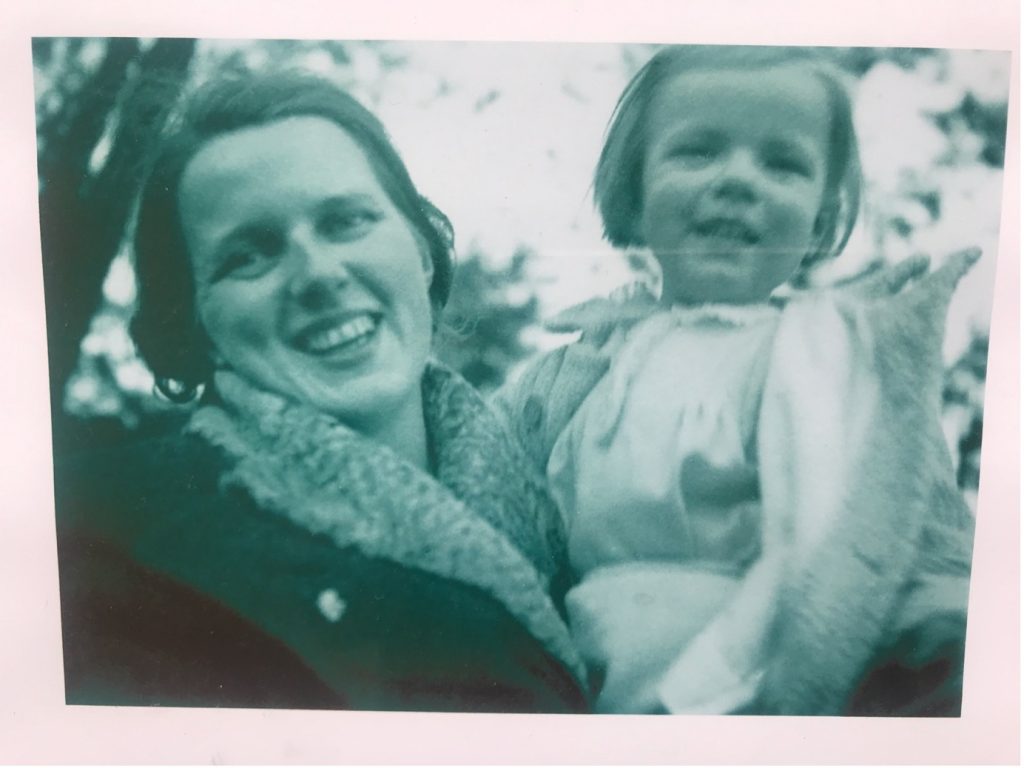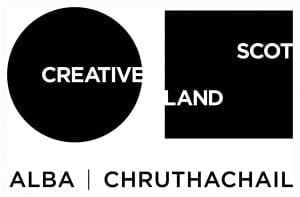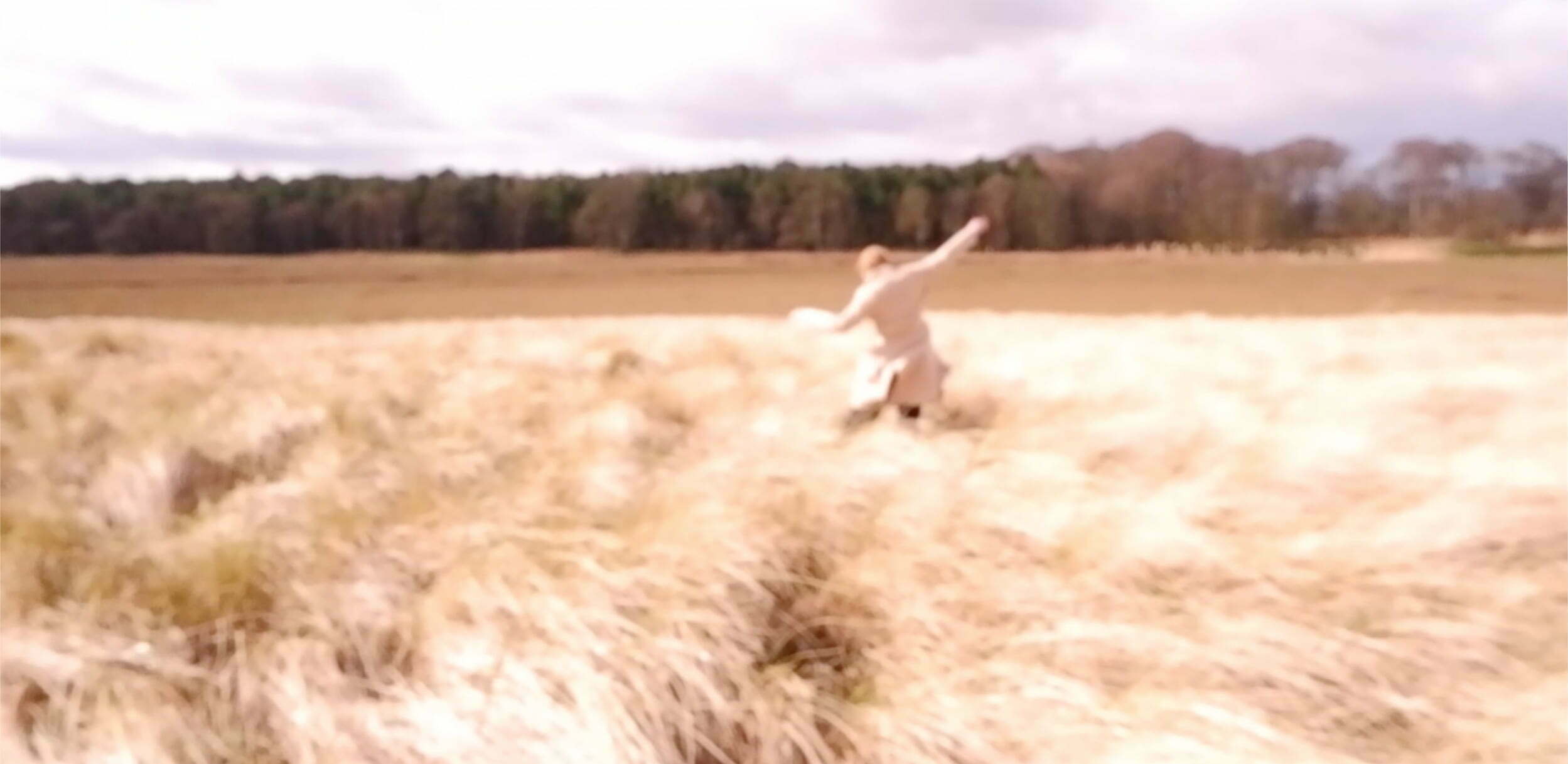
An on-line catalogue of LUISE, the new performance and film project by artist Katrina McPherson.
How do we behave when we are alone? Is that who we are? Can we be alone when the camera is there to witness us?
(Trigger warning: reference to suicide and wartime atrocities).
Luise, a vibrant woman in her prime, navigates living in Berlin during World War 2 with two daughters and a mounting knowledge of her husband’s infidelity. In the darkest of conceivable winters after VE Day, where everything is laid bare and Germany’s actions are made irrefutable, every citizen is now a refugee in the newly despised land. Against this backdrop, German-born Luise one morning takes herself off to the coast, walks into the sea and doesn’t come back.
Seventy-five years later, artist Katrina McPherson, Luise’s granddaughter, and herself mother of three daughters, sets out to meet Luise through the photographs that remain of her. Katrina’s hope is to find ways in which she can piece together who her grandmother was, what her experience of life might have been, and what it feels like to be in her body. (Text by Tanya Ronder and Katrina McPherson Feb 2020; updated by Katrina McPherson, June 2021)
PROJECT:
I started working on this project in late 2019, with the support of Dance North’s DNA programmes, Dance Base’s Associate Artist Scheme, and with funding from Creative Scotland. The project evolved quickly into two clear strands: that of a performance for camera work and an outline for a narrative film.
The first period of development included: family and contextual research; movement creation in the studio; filming on location amongst the concrete WW2 ‘anti-invasion’ blocks on the East Coast of Scotland; as well as narrative and character development work with writer Tanya Ronder.
Almost 2 years on from that initial working time, and now with the opportunity to re-visit the Luise project, it feels more relevant than ever. It has become clear how the COVID 19 pandemic has given many of us our first direct experience of what it feels like when our lives are changed by external forces and the impact that this can have on mental health. People talk about a ‘mental health timebomb’ – for many, that bomb has already gone off and their loved ones are left grieving the consequences.
I am sharing here some of the artifacts of the initial steps of this project in the form of a catalogue, including text, archival and contemporary still and moving images. Moving forward, I hope to continue to evolve the performance work and write the narrative film, as well as connect with mental health organisations to look at ways in which the ideas and materials from the project might feed into well-being activities and resources.
“Today it occurred to me for the first time how I am Luise’s only granddaughter. It’s incredibly moving to be thinking about her in this way and to resale that, although so uniquely connected, we never had the opportunity to meet. Already a few times since I have been in the studio, I have been moved to tears through thinking about her and having realisations about who she was.”
Katrina, Notebook, February 2019
CONTEXT:
Over the past 30 years, much of my screendance work has been highly collaborative, working with other artists from all over the world. In that time, I have filmed and directed several solo dance films performed by dance artists including Marc Brew (USA); Sang Jijia (Tibet/China); Ruth Jensen (England), Frank McConnell (Scotland) and Robbie Synge (Scotland).
My appointment as Dance Base Associate Artist and as Dance North Artist 2 ½ years ago gave me pause to think about what it is that I would do were I to pursue a solo film work which I both perform and direct – a ‘non-collaboration’ project as it were. The idea that came to the fore was also by far the most personal work that I have ever embarked on: taking as my starting point the remaining photographs of my German maternal grandmother – a war refugee mother-of two who died in 1946 by drowning herself – I set out to develop a new film work.
One strand of this was to be a new body of original screendance material, created through my performing for the camera a choreography of gestures, stances, and imagined movements – forming a kind of ‘embodied DNA’ – that pose questions of identity, physical and emotional legacy.
The idea builds on my on-going interest in the fluid potential of the empathetic camera and reflects a tested tradition of women artists featuring their own bodies – and stories – in their screen-based work. It also builds on my more recent collaborative works we record ourselves (2016) and Paysages Mixtes/Mixtes Landscapes (2019), films in which my co-performers and I step out from behind the camera and in doing so, reconsider ideas of agency and challenge traditional hierarchies of production.
As I was to choreograph, perform and directing the work myself, to support the process, I enlisted as mentor the writer Tanya Ronder and Natalia Barua as a cameraperson with specialism in filming dance. I made a successful application for individual development funding from Creative Scotland and, over a series of residencies at Dance Base between October 2019 – Feb 2020, began work on the Luise project.
PROCESS:
The practice that I started with in the studio was to scrutinise a selection of photos of my grandmother when she was aged between 18 months and approximately 40 years old. In my own body, I then assumed the position that she is in when the photograph was taken and to try to experience the potential of that moment. What can that reveal about what she might be experiencing and feeling in that moment? How does that position move and make me feel? In what way does it change my perception of my grandmother?
There is something intriguing about the relationship of the still photograph and the narrative of a person’s life, and how a moment in time might be expanded in some many different directions. In a photo, we glimpse a fragment of a second and might wonder what happened in the few moments before and after that captured moment. We might think about this moment having depth, as well as linearity and ask: what was happening on different levels at that moment in time? How did the moment sound? What was the temperature? How did it smell? Who was around about? How were they moving – towards, away from that moment? Who was behind the camera? Who was out of frame?
When I spent time embodying Luise as depicted in some of the photographs, I begin to realise that in every image I have seen she is in relation to someone else. Even in the photos where she is alone, there is someone behind the camera at whom she is smiling – or not. In most of the photos, she is with at least one other person, sometimes two or more. Luise seems always to be looking at the camera and therefore at the person behind the camera. Might she also be looking at the people who will look at the photo and, in that way, also looking at me, her granddaughter?
“I feel that Luise was aware of being photographed. Perhaps she’s even a bit suspicious of the camera? I think that she also took photographs herself and I believe that she saved the family photos when they fled Berlin in 1945.”
Katrina, Notebook, October 2019.
Two of the last photos that exist of my grandmother Luise. Here she is with husband Konrad Langenheim, daughters Karin (my mother, born 1932) and Wiebke (my aunt, born 1938), and family friend Klaus Hanau, probably taken in 1942/3 on the North Coast of Germany.
Still images from the screendance strand of the Luise project by Katrina McPherson, filmed on the East Coast of Scotland, March 2020. Camera: Natalia Barua
Still images from the screendance strand of the Luise project by Katrina McPherson, filmed on the East Coast of Scotland, March 2020. Camera: Natalia Barua
FILMING
From the studio-based work, I developed a series of thematic movement motifs, based on a selection of photos. For the filming, I chose the location of Tyningham Bay in East Lothian, where there is a beach, fields and a row of concrete, anti-tank blocks, placed there during WWII as a defence against invasion by the German military. Having explored a similar site in Findhorn whilst in residency at Dance North in Moray in early 2020, I found these iconic landmarks to be an evocative and apt setting for the filming of the material.
Camera person Natalia and I spent a couple of days filming the material over a couple of bright and chilly days in late February 2020. As well as the connection that I felt to my grandmother’s physicality through performing this movement in that location and for the camera, during the time we spent there I also experienced a strong sense of foreboding. The Covid pandemic and subsequent lockdowns were on the cusp of taking hold in Scotland and as I moved, I wondered if this was like how it might have felt to Luise, as the awful shadow of the Nazi era and of WWII intensified over Europe?
I edited this 2-minute edit of some images filmed in East Lothian, March 2020.
Performer & director: Katrina McPherson; Camera: Natalia Barua.
“ I have found myself thinking often about why my grandmother might have made the decision to end her own life. It’s very painful to think about but I have wanted to understand or at least, have some ways into feeling empathy with her choice.”
Katrina, Notebook, Dec 2019
Luise and daughter Karin (c. 1933)

